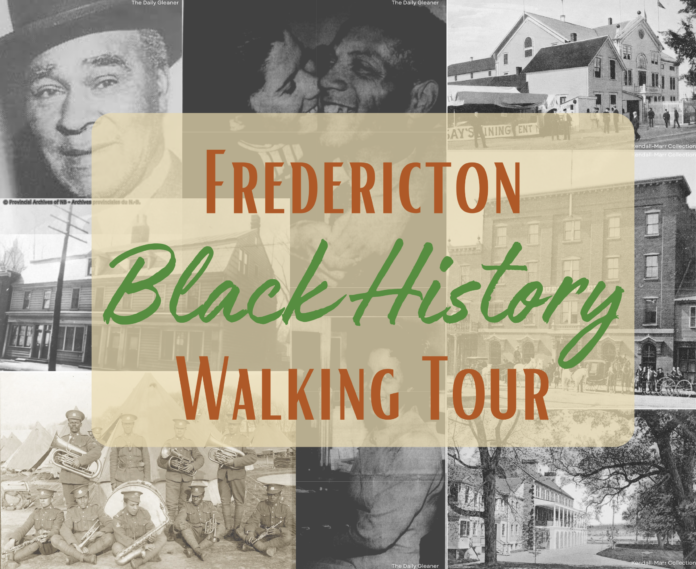In honour of Black History Month, historian Jennifer Dow and the Fredericton Region Museum brought back the Fredericton Black History Walking Tour, a tour only available during the summer and early fall.
Related: ‘Stories that have never been told’: Black History Walking Tour celebrates Black heritage.
On Feb. 15, the virtual tour took audiences to the heart of Fredericton, revisiting the Black individuals who impacted the city. To Dow, who guides people through this complicated and rich history, events like this “shift the narrative” away from “only white history.”
“Prior to this tour, nobody associated Black history with downtown Fredericton,” she said.
Dow said a lot of historians over the years have neglected the presence of Black individuals in New Brunswick. For example, while there is a lot of talk about Jonathan O’Dell’s house and the slave quarters, few bothered to ask about the people who were slaves. This tour aims to change that.
“I sat for many years and I said ‘Why isn’t anyone trying to find the names of the people he enslaved? Humanize those people!’” said Dow.
Further, Dow noted that a lot of Black history is focused on Black suffering and there is a lack of discussion around the successes of Black people.
“From my perspective, I’ve seen that, despite everything that my community went through, they still found joy, they still shared love.”
The online exhibition shared how Jonathan O’Dell, who has a 333-acre park in the heart of Fredericton named after him, “harboured a great dislike for people of colour.”
“In 1816, he is attributed as stating that ‘Africans were inherently inferior … designed to be subservient to others … slaves by nature.’”
The exhibition also shared the story of William Francis, who came to Fredericton as a slave and servant to the O’Dell family.
Dow mentioned the Old Burial Ground, located at 500 Brunswick Street, which is recognized by the Government of Fredericton as a public monument to the Founding Fathers of the City of Fredericton but fails to recognize the Black history within it.
“I honestly grew up thinking it was a bunch of old white people buried there,” she said. “I was able to find graves of black individuals that are buried in that cemetery and no one’s ever talked about them or told their story.”
On the second floor of the Fredericton Region Museum, a representation of the St. Peter’s Anglican Church, built by black people, can be found after a wall filled with art representative of Black heritage.
One of the paintings presented tells the story of Nancy, a slave who ran away from her Loyalist enslaver, Caleb Jones. Even though she did not gain her freedom back, her courage in standing for her cause resulted in others gaining theirs.
Dow, a sixth-generation descendant of Black Loyalists to New Brunswick, said that she wants to teach about the love and acceptance that comes from the community.
“Our community has long been proud of our history and I am just carrying on the tradition of researching and sharing this information,” said Dow. “I researched seven days a week. I do it because I love it.”
She said that the Fredericton Region Museum has taken the initiative to work with communities and they “are always looking to continuously add to the Black history that they share here.”
Connor Fraser, the digital collection intern of the museum, said that the Region Museum works closely with different communities and helps promote events through social media. They also have the Martha J. Harvey awards, which highlights researchers focusing on N.B. history, but often awards those doing research in the field of Black history.
“We promote all historians who are doing active research and making a difference in the field of history,” said Fraser.
Fraser emphasized the importance of promoting Black history and uplifting Black researchers, which they aim to do through social media.
“[Social media] is a great way to get it out there and be more accessible to people. Because obviously, not everyone can take the time to come into the museum and learn all the history, and so they learn little bits and pieces at a time,” said Fraser. “It’s so important.”
For Dow, the importance lies in telling the stories that have historically been repressed. And her walking tour is just a start. She hopes that in the future, Black history will be mandatory in N.B. school curriculums, so that it is not forgotten.
“It’s important because for too many years, we were written out of the history books, we generally weren’t included,” she said. “We’re just scratching the surface of the black history that’s here.”

